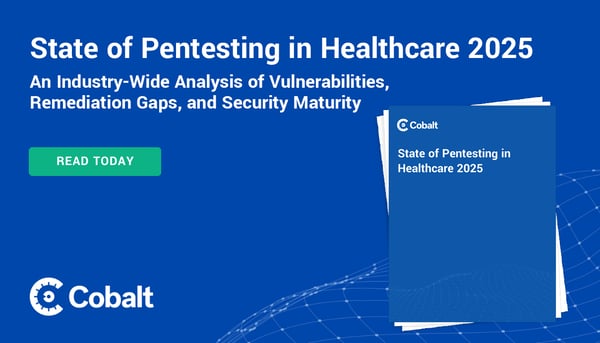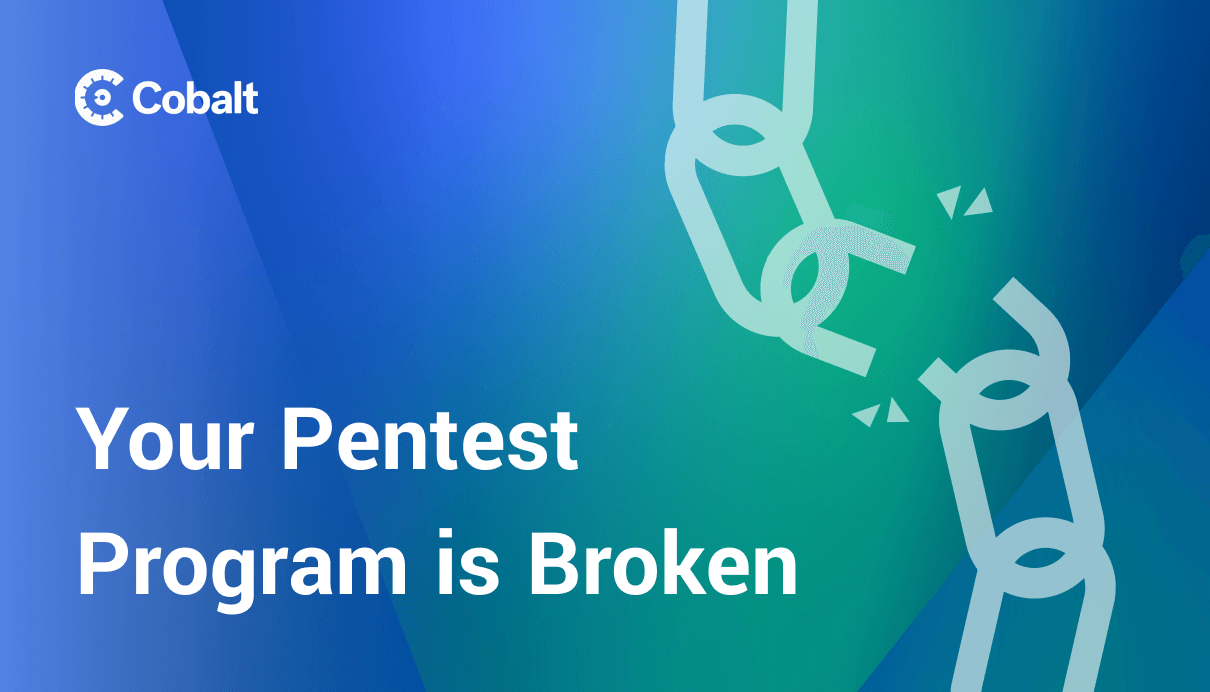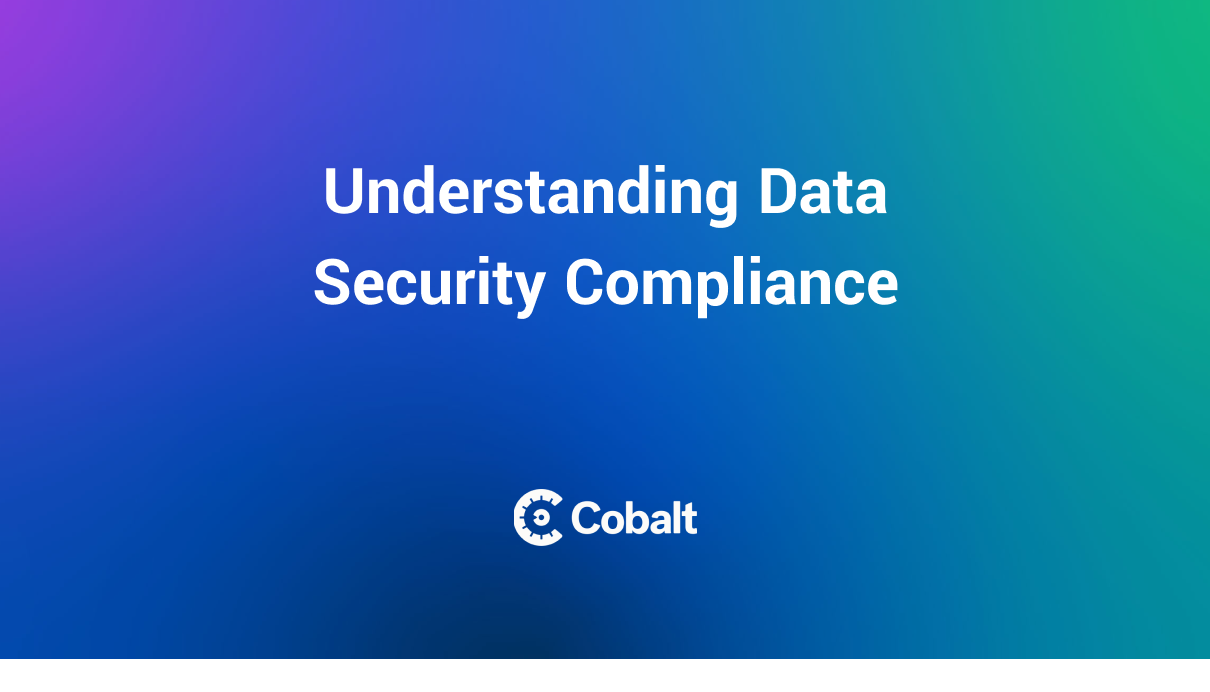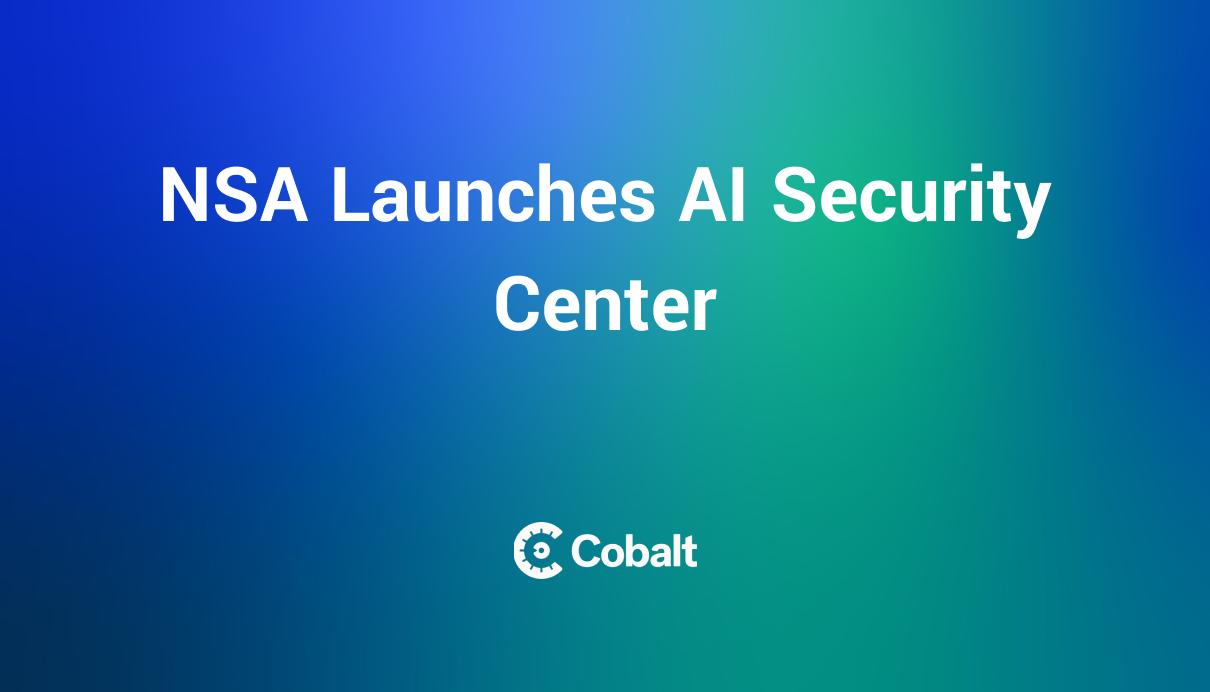The CIA triad represents foundational principles within the discipline of cybersecurity. The term is an acronym with each letter standing for:
C - Confidentiality
I - Integrity
A - Availability
The three components create a strategic foundation for a security program to operate efficiently and effectively. Additionally, these three foundational pillars create the framework for a large portion of the most popular compliance certifications such as NIST, HIPAA, or PCI-DSS compliance.
We’ll take a closer look at how the triad relates to cybersecurity with a few different examples. First though, let’s understand exactly what the CIA triad is before going into how it applies to different popular compliance certifications.
CIA Triad Overview
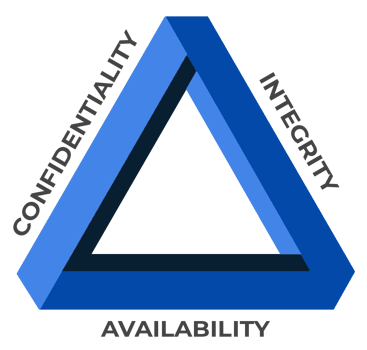
As mentioned above, the CIA triad is a foundational framework to guide the creation of security policies. Created sometime during the 1980’s and evolved over time to conform with modern technology standards, the triad today helps companies better identify vulnerabilities and find the necessary solution to cybersecurity risks.
The triad’s three components each represent an important part of an effective security plan. Together the components support one another in a triangular fashion to better protect digital information. The three components include:
1. Confidentiality
This tenant represents privacy within the triad and heavily correlates to the goals of different compliance frameworks.
Specifically, this aspect of the triad requires organizations to take caution when handling sensitive data. This includes securing sensitive data such as credit card information or personally identifiable information. Lastly, the confidentiality component takes into account access controls, dictating who has access to data and who should have this information accessible to them.
Practical examples of confidentiality include data encryption, strong password requirements, and 2-factor authentication.
2. Integrity
Data integrity relates heavily to many of the most popular compliance frameworks.
Within the triad, data integrity requires organizations to ensure their data is accurate, reliable, and authentic. This helps establish the necessary information for executives and other stakeholders to make the right decisions. Without having a high level of data integrity, it’d be nearly impossible to make informed decisions.
Various examples of integrity within a security program include version control, backup and recovery procedures, and error detection software.
3. Availability
Lastly, the triad requires that companies keep their data accessible. Without having the proper user access to the data, regardless of its integrity and confidentiality — it would be worthless. Therefore, the final component of the triad requires companies to have a strong process for user access to the data. (Notice how this overlaps with the first two triad components? That’s what makes this model effective, since each component is dependent on the other two, creating the triangular shape.)
Examples of availability include access controls, firewalls, and ransomware protections.
Practical Examples of the CIA Triad
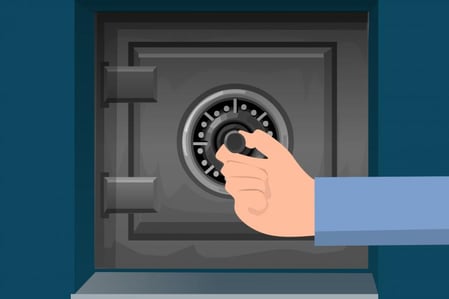
To understand how the CIA triad helps improve a company’s security posture, let’s look at a simple example that includes all three components such as a combination safe:
- Confidentiality is comparable to the lock on the safe and helps prevent unauthorized access.
- Integrity is comparable to the hinges on the safe which prevents the door from opening by force.
- Availability is comparable to the location where the safe is physically stored.
In the same way that a safe is designed to secure the items inside, the CIA triad aims to protect digital information. Below are more practical examples of each component of the triad.
CIA Triad Confidentiality Examples
Many people outside of the cybersecurity sector will only associate cybersecurity with confidentiality. The reality is more complex but this simplistic view makes sense when we start to look at examples of confidentiality such as:
- Utilizing access controls and authentication
- Encrypting sensitive data
- Using secure communication channels such as a VPN
CIA Triad Integrity Examples
This refers to the integrity of data and ensures it has not been altered by unauthorized 3rd parties. Examples of integrity include:
- Digital signatures such as those used within the PGP encryption method
- Deploying checksum solutions to detect changes to data
- Regularly backing up data
CIA Triad Availability Examples
Last but certainly not least, availability relates to the ability of authorized users to access data when needed. Examples of availability include:
- Monitoring systems such as warnings of potential outages
- Deploying adequate resources such as bandwidth or storage allocations to reduce system downtime and deliver data promptly
- Implementing redundant systems to ensure access even during a system outage
Examples in Compliance Standards
The framework applies to many different compliance certifications that include data protection requirements. Keeping data confidential, accurate (integrity), and accessible naturally is a foundational component to different compliance frameworks’ requirements.
NIST
The CIA triad and the NIST framework have many overlapping components but are also different in important ways.
The premise of the triad exists within the NIST framework, which includes five core components ranging from identify, protect, detection, response, and recovery. While aspects of each can be seen as more specific derivatives of the CIA triad, NIST provides far more detail. This is a great example of how a theoretical framework such as the triad can be implemented into practical actions for companies to follow.
However, the NIST framework is notably robust and perhaps too much so for some businesses. According to a DarkReading survey, 50% of companies surveyed said the costs associated with this robust framework were a hurdle to implementation. Despite the high costs, nearly 2/3rds of companies surveyed said they implement portions of the framework into their security programs.
HIPAA
A popular compliance framework for any company managing personally identifiable information (PII), HIPAA is required for medical providers and insurance companies.
The components of the triad align nicely with the core goal of HIPAA compliance, which is to protect sensitive information such as PII from unauthorized access, fraud, or theft. The law requiring this compliance, passed in the late 1990s, establishes similar standards as the CIA Triad by emphasizing the protection of sensitive information.
For companies looking to achieve HIPAA compliance, the CIA triad is a great place to start.
PCI-DSS
Payment Card Information Data Security Standards (PCI-DSS) compliance is a popular framework followed by online businesses accepting credit card payments.
The goal of the framework is to protect credit card data online in an effort to reduce fraud. The basic premise of this again aligns nicely with the CIA triad, since both goals at a high level are to protect information.
Similar to the comparison to HIPAA, PCI compliance overlaps with the CIA triad enough that the triad provides companies with a good place to start planning their security programs. Again, the triad isn’t sufficient enough to be an ending point for a security program, but instead can be seen as a foundational component.
Disadvantages of the Triad
Modern technology has created many more challenges to this simple framework than when it was originally created nearly 4 decades ago.
An example of this is the lively debate today surrounding security and privacy. These two important concepts are all too often at odds with one another where privacy is sacrificed for security or vice versa. Further, the triad does not specifically focus on the needs of privacy, which many would argue is more important in the modern age.
Other critiques of the triad include its overall lack of concern with hardware which can be exploited and make software defenses futile. So, while the triad provides companies with a good foundation to begin planning their security programs, it shouldn’t be considered as an ideal ending point.
In closing, remember it’s important to take a strategic approach to your cybersecurity program. An effective way to accomplish this is to leverage the existing foundational components such as the CIA triad.
For companies interested in improving their security posture, learn how Cobalt’s Pentest as a Service (PtaaS) platform helps companies small and large improve the efficiency of their penetration testing needs.





